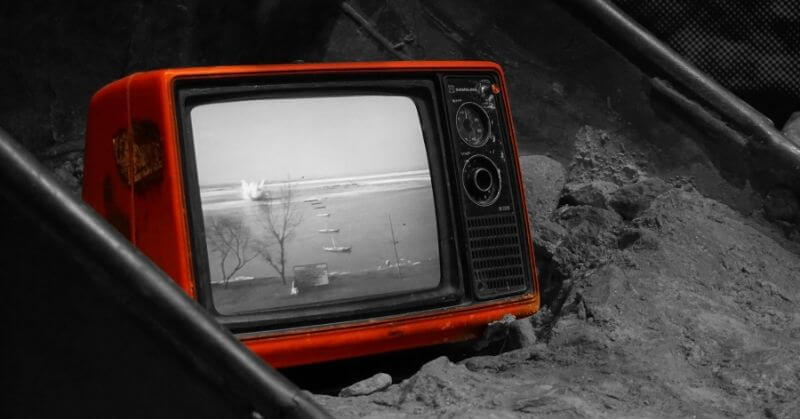In the year 1927, American scientist John Logie Baird invented the television. The attempt to convert television to an electronic format lasted nearly seven years until it was ultimately completed in 1934. Many modern television stations were launched within two years. It gradually grew in importance as a source of entertainment and news. In 1996, the United Nations established November 21, 1996, to be World Television Day, recognizing the rising importance of television in everyday life.
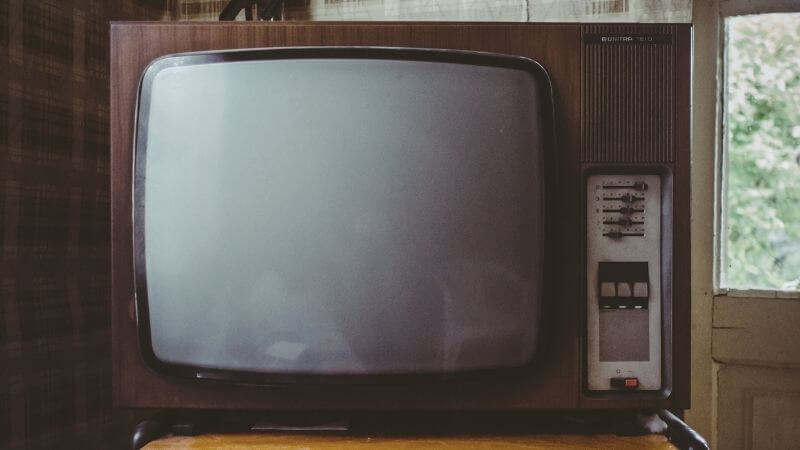
When there were no cellphones, television was the primary source of entertainment. Even there was a time when not everyone could afford a television. So the entire neighborhood gathers at one place to watch that TV. In 1987, when Ramayana was telecast for the first time, people used to light incense sticks in front of the TV before watching the Ramayana.
On the occasion of World Television Day, we will discuss the concept of delivering you a television, the evolution from black and white to color television, and finally, smart tv. Along with that, we’ll discuss the changes to the television’s display. So, let’s start.
Evolution Of Television

- A telegraph cable repairman introduced the concept of television.
- In 1872, Joseph, a British telegraph worker, was working on the transatlantic telegraph wire. He saw that the electrical conductivity of the selenium wire had changed slightly. When he tried to figure out why this was occurring, he discovered that the sunshine from the window was shining on the selenium wire. The foundation for transforming light into an electric signal was laid down as a result of this incident.
- Maurice La Blanca, a French engineer, wrote an essay in the journal ‘La Lumiere Electric’ in 1880 that laid the groundwork for all later televisions. La Blanca proposed a scanning mechanism. They were, however, unable to create a working machine.
- Paul Nipkow, a German engineer at the time, was the one who found the scanning disc and brought television to the next level. Nipkow’s invention allowed images to be sent via a wire from a rotating metal disc. It was given the name “Electric Telescope” by Nipkow.
- At the 1900 Paris Exhibition, Russian physicist Konstantin Persky coined the name “television.” Mechanical televisions were pioneered by Scottish inventor John Logie Baird and American inventor Charles Francis Jenkins. Both of their inventions are widely regarded as the first successful televisions.
- Jenkins used radio waves to send a static image to the screen in 1922, while Baird used radio waves to provide live transmission of a human face in 1925.
- Vladimir Zworykin, the inventor of the color television system, spoke about it in 1925. This system, however, did not work. Finally, Philo Taylor Farnsworth, an inventor, invented the world’s first electronic television. With the use of an electron beam, Philo’s apparatus was effective in capturing a moving image.
- On July 3, 1928, Scottish inventor Baird was the first to demonstrate color transmission for the first time.
- In 1930, the first commercial aired on Charles Jenkins’ television show, and the BBC began regular television broadcasts.
- By 1934, all mechanical televisions had been replaced with electronic systems, and there is no doubt that black-and-white television footage could be broadcast.
- When it comes to color television, a German inventor patented it in 1904, despite the creator lacking a color television.
- In the years 1939–40, television was displayed at numerous fairs around the United States. Some models also had a radio, allowing sounds to be played alongside the images on the screen.
- In 1950, two major corporations, CBS (Columbia Broadcasting System) and RCA (Radio Corporation of America), competed to create the first color television. CBS succeeded in this contest and produced the first color television set. The technology was based on John Baird’s mechanical television system.
- Zenith Radio Corporation introduced the first remote control in 1950, which linked a wire to the television. Eugene Pauli invented the wireless remote in 1955.
- The first commercial color television program was broadcast in 1951 by CBS, an American broadcasting organization. However, only 12 customers in the United States were able to watch it at the time because it was a black and white television.
- The September 1961 premiere of Walt Disney’s beautiful ‘World of Color’ proved to be a watershed moment, inspiring people to switch to color television.
- In 1965, a daily news bulletin program of one hour was launched in the country.
- The Japanese television network NHK began developing a new television standard in 1968, which was eventually dubbed High Definition Television, or HDTV.
- In 1975-76, a one-year television program was launched for the residents of the country’s 2400 undeveloped and remote villages as part of the Satellite Instructional Television Experiment.
- At a convention in Switzerland in 1983, the NHK network demonstrated HDTV.
- In 1982, India launched a national program that included color transmission and satellite networking.
- In 2008, the world’s first smart TV was created.
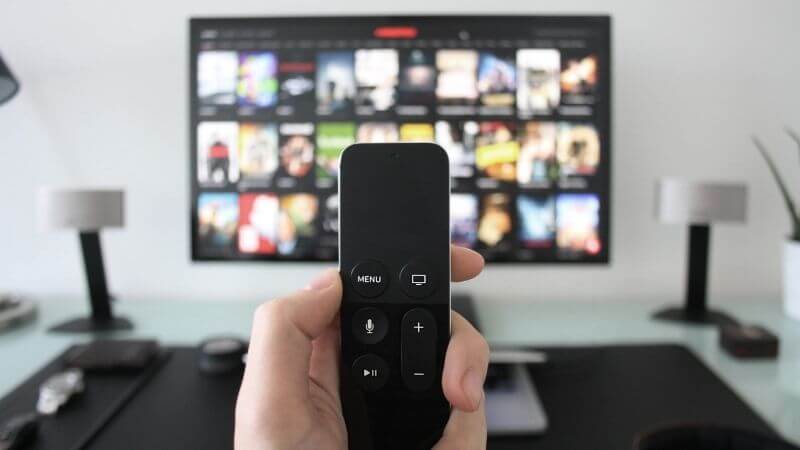
Also Read: Journey Of TV Channels
Just like everything, even televisions are evolved. From LCD to QLED displays are now being employed. Here you can look at the differences.
1. LCD Display

LCD stands for Liquid Crystal Display. Seiko Epson created the first wrist-worn LCD television display in 1982. The Citizen Pocket TV 2.7-inch LCD TV, the first commercial TFT LCD, was debuted the same year by Citizen Watch. Standard fluorescent lighting is employed behind the LCD display to convey color to the eyes. These are known as CCFLs. They are positioned on the rear side of the entire panel. When the TV is turned on, CCFL begins to flash, and we can see the video on the screen.
2. LED Display
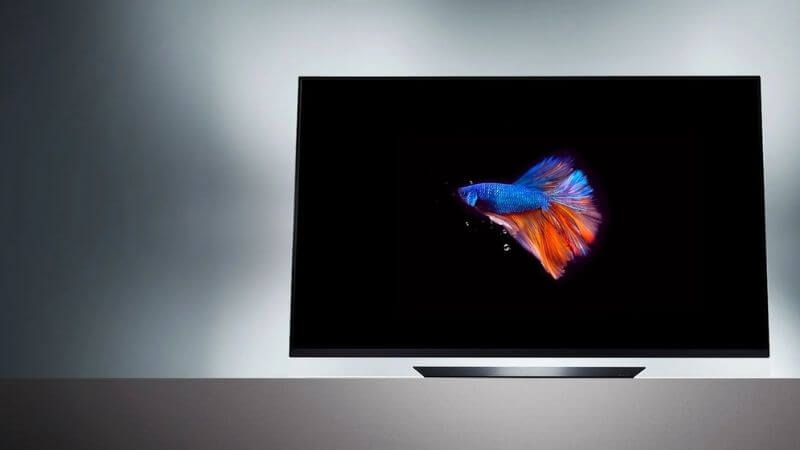
LED televisions are inexpensive and come in a variety of sizes. It is the most basic television now, which is found in any home. Colors are also fantastic on LED TVs, as are viewing angles. So the picture appears the same even you don’t sit in front. Various TV models have different brightness levels and sound intensities. However, because LED TVs constantly have a backlight on, there is some whiteness even in black color, the contrast is not as good.
3. OLED Display
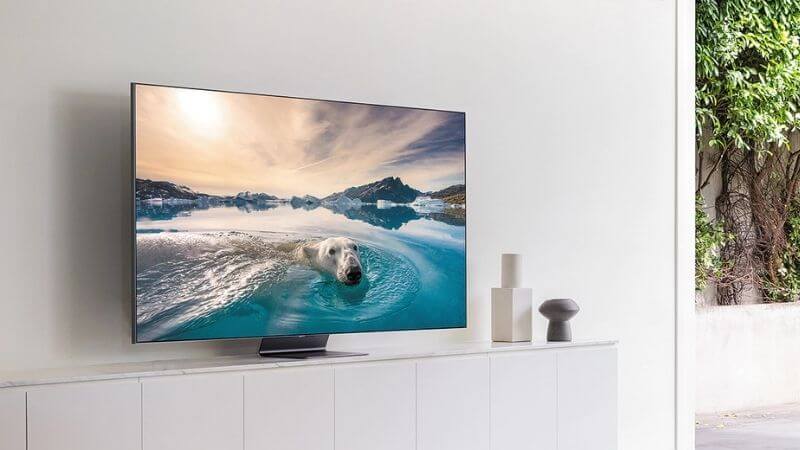
OLED is the finest display technology in TVs right now. Organic Light-Emitting Diode (OLED) is an acronym for Organic Light-Emitting Diode. Unlike LED-LCD screens, this display has its own light for each pixel. Additionally, each pixel can be closed as needed. As a result, the OLED screen turns deep dark and has a high contrast ratio.
Because there is no need to touch the OLED panel with light from the inside, the colors are very bright; that is why OLED TVs have such narrow panels.
4. QLED Display
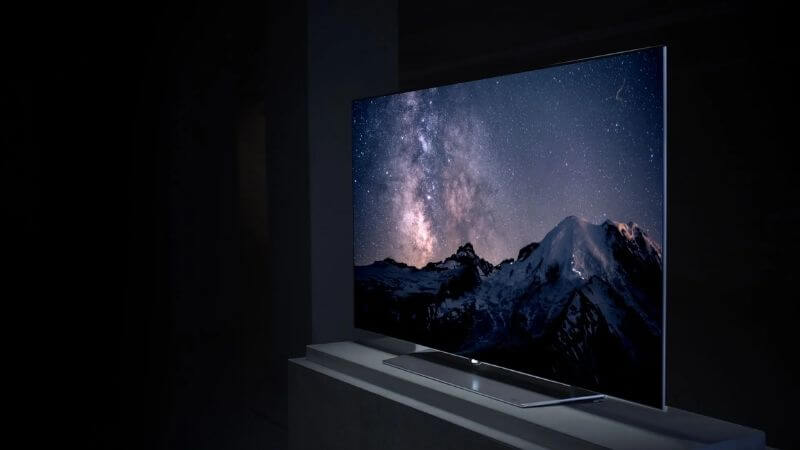
OLEDs are a little costly. In this situation, QLED is in the middle of the spectrum. It is more cost-effective than LED and less expensive than OLED. However, QLED televisions are not available in small sizes. Their sizes start at 43 inches and cost roughly Rs 50,000.
Follow Us: Facebook | Instagram | Twitter |
Entertales is on YouTube; click here to subscribe for the latest videos and updates.


